In less than three months, California voters may be tasked with determining whether the state moves forward with a mid-decade redistricting, a move proponents say is combating Texas Republican lawmakers’ efforts to secure more party seats in the 2026 midterms as the nation teeters on a gerrymander war.
Gov. Gavin Newsom reiterated his plans in a letter to President Donald Trump on Monday, Aug. 11, in which he requested that the president call on Texas Gov. Greg Abbott and the leaders of other red states to cease their efforts.
“If you will not stand down, I will be forced to lead an effort to redraw the maps in California to offset the rigging of maps in red states,” Newsom said. “But if the other states call off their redistricting efforts, we will happily do the same.”
The letter comes the same week state Assembly Speaker Robert Rivas said he anticipated the proposed maps would be released after lawmakers were pressed about when the public would see them.
“Once these maps are released, voters will have the opportunity to digest these maps, review them for weeks and months leading to this election,” Rivas said during a press conference on Aug. 8.
For weeks, Newsom and California Democratic lawmakers have been floating plans for a mid-decade redistricting. It’s in response to Trump and White House officials who’ve urged Texas Republican leaders to redraw voting maps to gain five new Republican-friendly seats to the U.S. House of Representatives, USA TODAY reported. In California, congressional district maps are drawn by the independent California Citizens Redistricting Commission — not legislators — which was created when voters passed the Voters First Act in 2008.
Here’s the latest on redistricting efforts in California, based on Newsom and other lawmakers’ recent public comments, and what to know moving forward.
What is Newsom proposing? Here’s what you should know
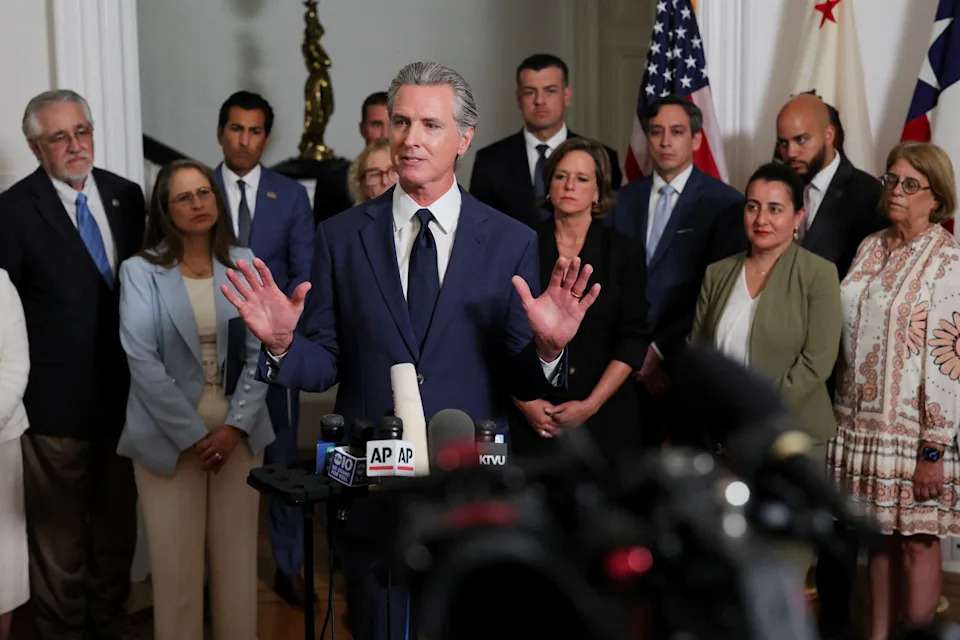
Newsom and California lawmakers plan to call for a special election in the first week of November, in which voters will determine whether California will move forward with redistricting — a move that would pick up five Democratic seats. Lawmakers have until Aug. 22 to get this measure on the ballot, Newsom said during a press conference on Aug. 8. The assembly and state senate have adjourned until Aug. 18.
Rep. Zoe Lofgren, a Democrat whose district includes San Benito County and parts of other central coast counties, said that leaders found that they could create a map for California that “eliminated five Republican districts” yet “was true to the Voting Rights Act” following Texas’s efforts during the Aug. 8 press conference.
The California governor has previously described the proposal being advanced with the legislature as having a “trigger.” If Texas moves forward with its mid-decade redistricting, then California would act. Recently, many Democratic Texas representatives have left the state to stall redistricting efforts.
“We tried to play by a higher set of standards and rules with our independent redistricting, and we believe in that, and we are not talking about eliminating that commission,” Newsom said on Aug. 8. “We are talking about emergency measures to respond to what’s happening in Texas and we will nullify what happens in Texas. We will pick up five seats with the consent of the people.”
Newsom has described the mid-decade redistricting as occurring “just for congressional maps in ‘26, ‘28 and ‘30.” California has 52 congressional districts, nine of which are currently represented by Republican congressmen:
Doug LaMalfa, 1st Congressional District of California
Kevin Kiley, 3rd Congressional District of California
Tom McClintock, 5th Congressional District of California
Vince Fong, 20th Congressional District of California
David Valadao, 22nd Congressional District of California
Jay Obernolte, 23rd Congressional District of California
Young Kim, 40th Congressional District of California
Ken Calvert, 41st Congressional District of California
Darrell Issa, 48th Congressional District of California
These lawmakers said in a joint statement in late July that they’d “fight any attempt to disenfranchise California voters by whatever means necessary to ensure the will of the people continues to be reflected in redistricting and in our elections.”
“The Commission received feedback from tens of thousands of Californians as to their communities of interest, which shaped the current set of congressional districts,” they said. “Districts that represent the local communities that they live in, rather than the whims of one political party. A partisan political gerrymander is NOT what the voters of California want, as they clearly stated when they passed the VOTERS FIRST Act and participated in the Citizens Redistricting Commission process.”
Who does redistricting in California?
The California Citizens Redistricting Commission, comprised of five Democrats, five Republicans, and four people not affiliated with either party, redraws the boundaries of the state’s congressional, state senate, state assembly, and State Board of Equalization districts. The redrawing of districts comes after every decennial U.S. Census so that the districts “correctly reflect the state’s population,” according to the commission. With the commission created through the Voters First Act, redistricting was removed from legislators’ hands.
When asked to comment on lawmakers' plans to redistrict and whether they’d pursue any efforts to defend the current congressional maps, the commission said in an email to the Desert Sun that it “has no response at this time.”
Sara Sadhwani, an assistant professor of politics at Pomona College and a California Citizens Redistricting Commission commissioner, told the Desert Sun that among what sets the commission apart is “the extreme transparency that we use.”
Sadhwani described the ways in which maps could be drawn, whether it be a single person behind the scenes or writing code for a computer to draw lines based on a set of criteria.
“We collected nearly 40,000 pieces of public testimony from across the state in which people called in to share with us where their community lies, what ties their communities together and the rationale for why their community ought to be in a district together,” Sadhwani said, explaining that is the basis of their line drawing.
But whether a successful mid-decade redistricting sets up a future in which the commission could be weakened by lawmakers— or even more drastically, dismantled — Sadhwani said:
“I think that would come down to how the ballot measure is written. My understanding is what Gov. Newsom has been proposing is that this would be a one-time immediate action and would keep the commission process for 2031.”
Sadhwani added, “If we can take the governor at his word, then it would not diminish the power of the commission in general; it would just be a one-time stepping out of the process.”
When would we vote on redistricting in California? Special election may be called
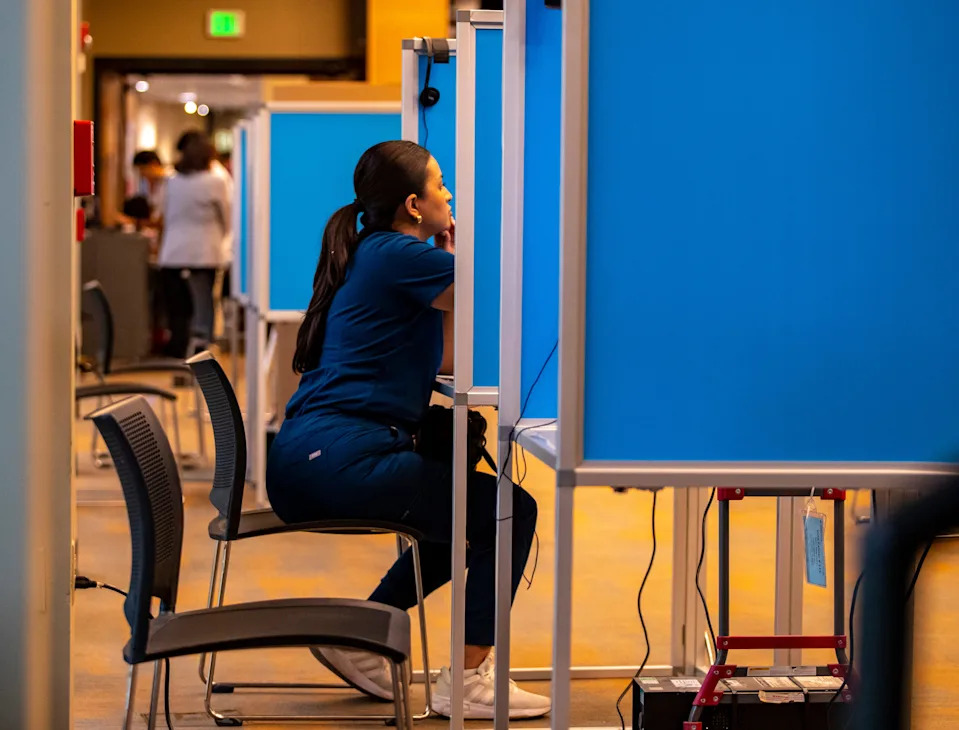
Newsom said on Aug. 4 that the goal is to get this proposal on the Nov. 4 ballot, which coincides with other municipal elections.
“Counties have 30 days after Election Day to certify their election results,” the California Secretary of State’s Office press team said in an email to the Desert Sun. “The Secretary of State will certify the official Statement of Vote 38 days after the election.”
By the end of this year, Californians will generally know whether the 2026 midterms will be shaped by new maps or not. But in the weeks leading up to a possible special election, county officials will be obtaining places for voting to occur, as well as to count the votes, said Jim Patrick, spokesperson for the California Secretary of State, in an email.
“They’ll hire and train staff to work before, during, and after the election,” Patrick said. “And they’ll make sure they have the materials (primarily envelopes and ballots) they need to run an election.”
Shaun Bowler, a professor of political science at UC Riverside, said in an email to the Desert Sun that “pretty much any map of seats” is subject to legal challenge.
“This will be no different,” he said.
This effort is unusual because it’s a response to events happening in other states, Bowler said. Rather than it being a step to counter GOP efforts in California, it’s an attempt to offset what lawmakers are trying in Texas, the UC Riverside professor said.
He shared what he thought were wider implications for Congress. Should redistricting in Texas ultimately help keep Republican control of Congress, then anything they pass is “going to be suspect and open to criticism and complaint” because it wouldn’t reflect the will of voters, Bowler said.
When asked whether leaders have a backup plan should people vote against this effort, Newsom said voters will approve it.
“I think the voters understand what’s at stake,” he said.
Paris Barraza is a trending reporter covering California news at The Desert Sun. Reach her at [email protected].
This article originally appeared on Palm Springs Desert Sun: California redistricting: Here's Newsom's plan and what happens next
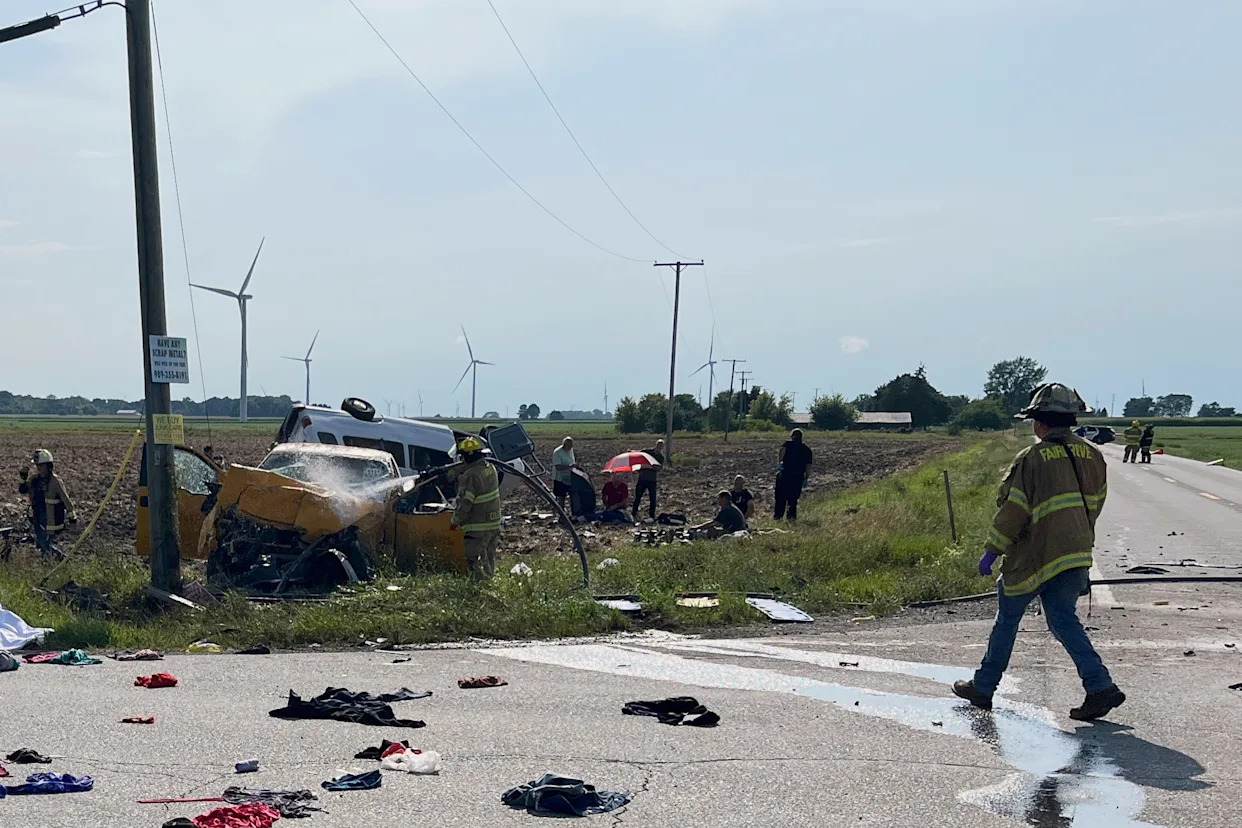

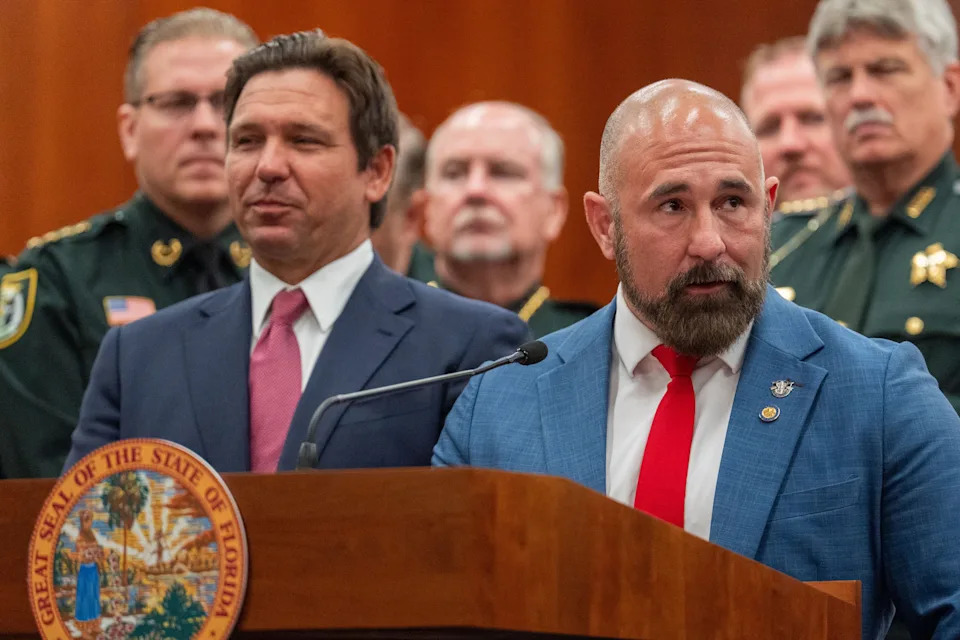
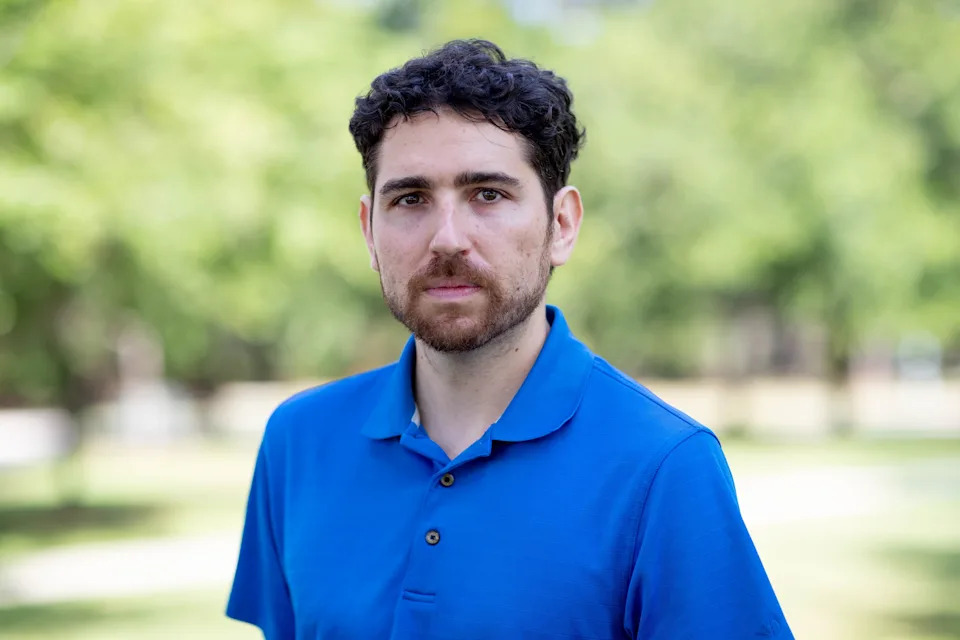
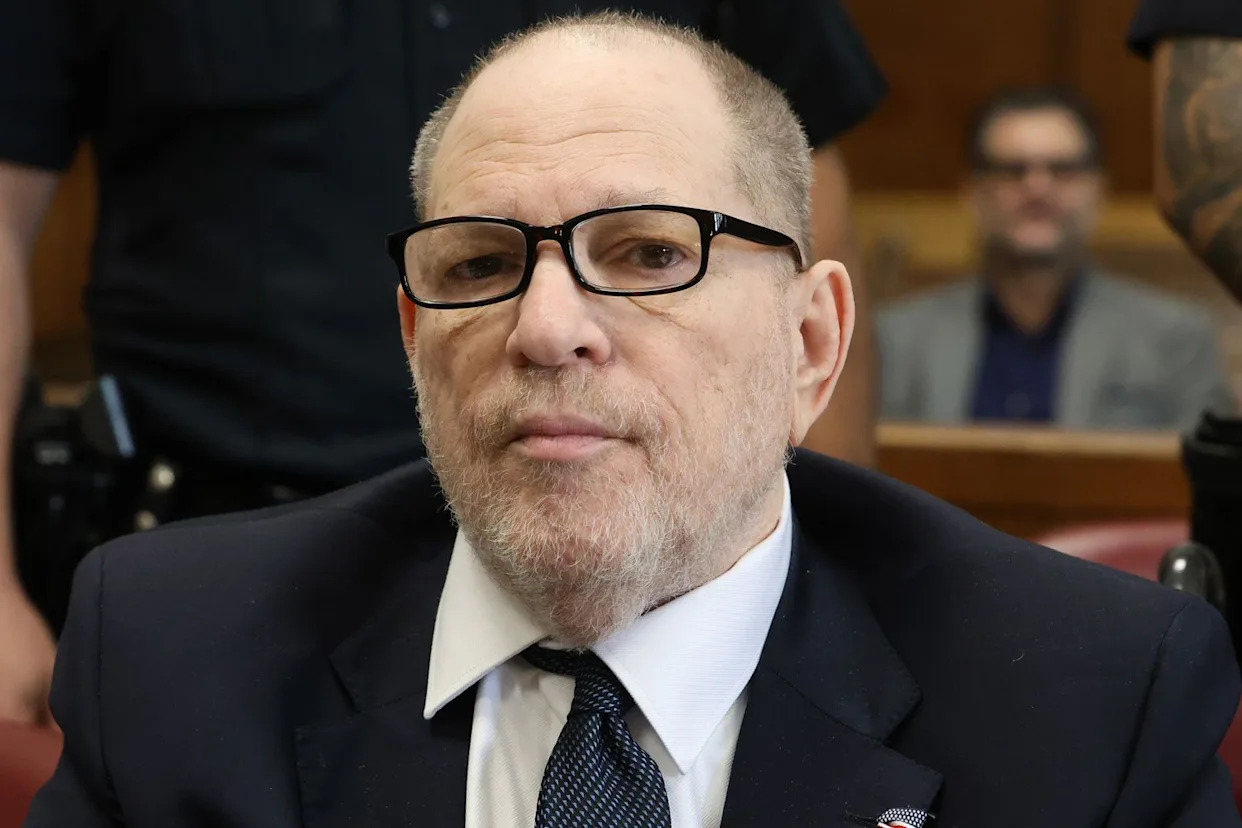

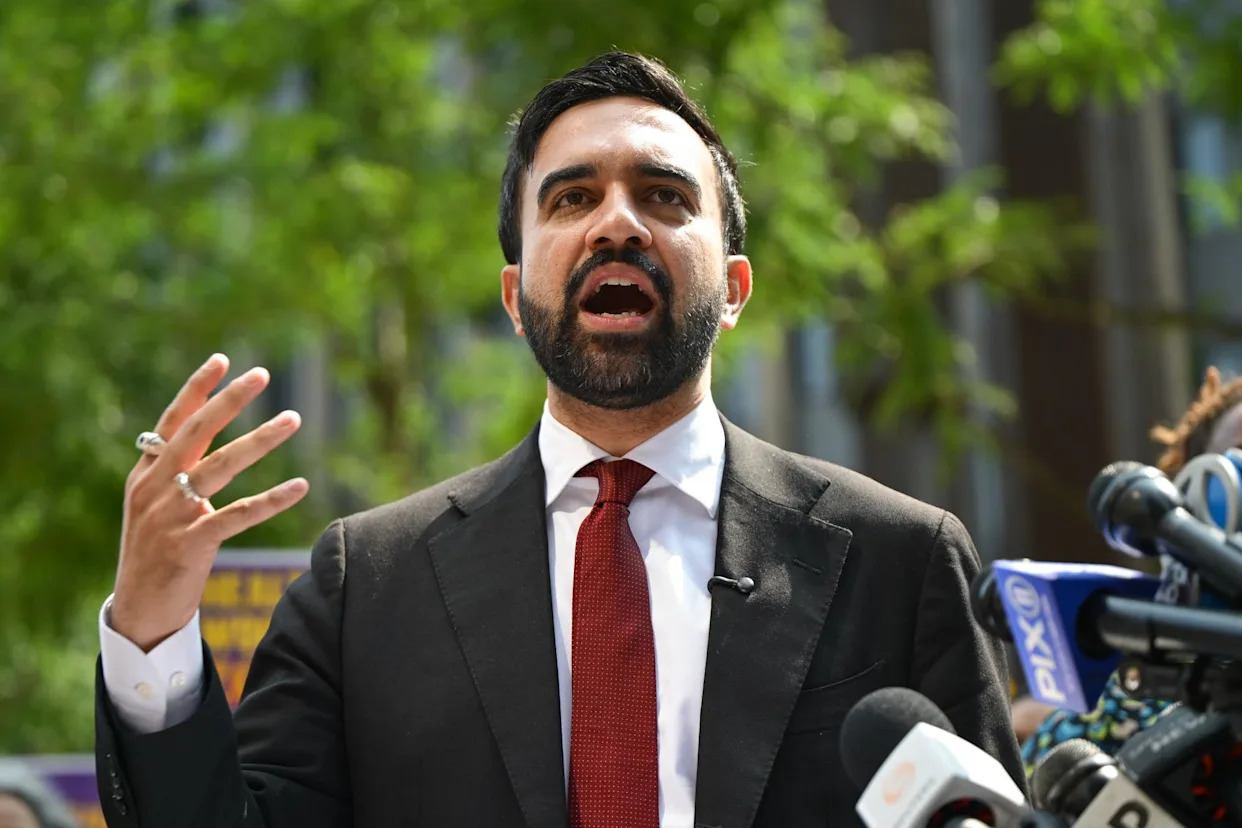
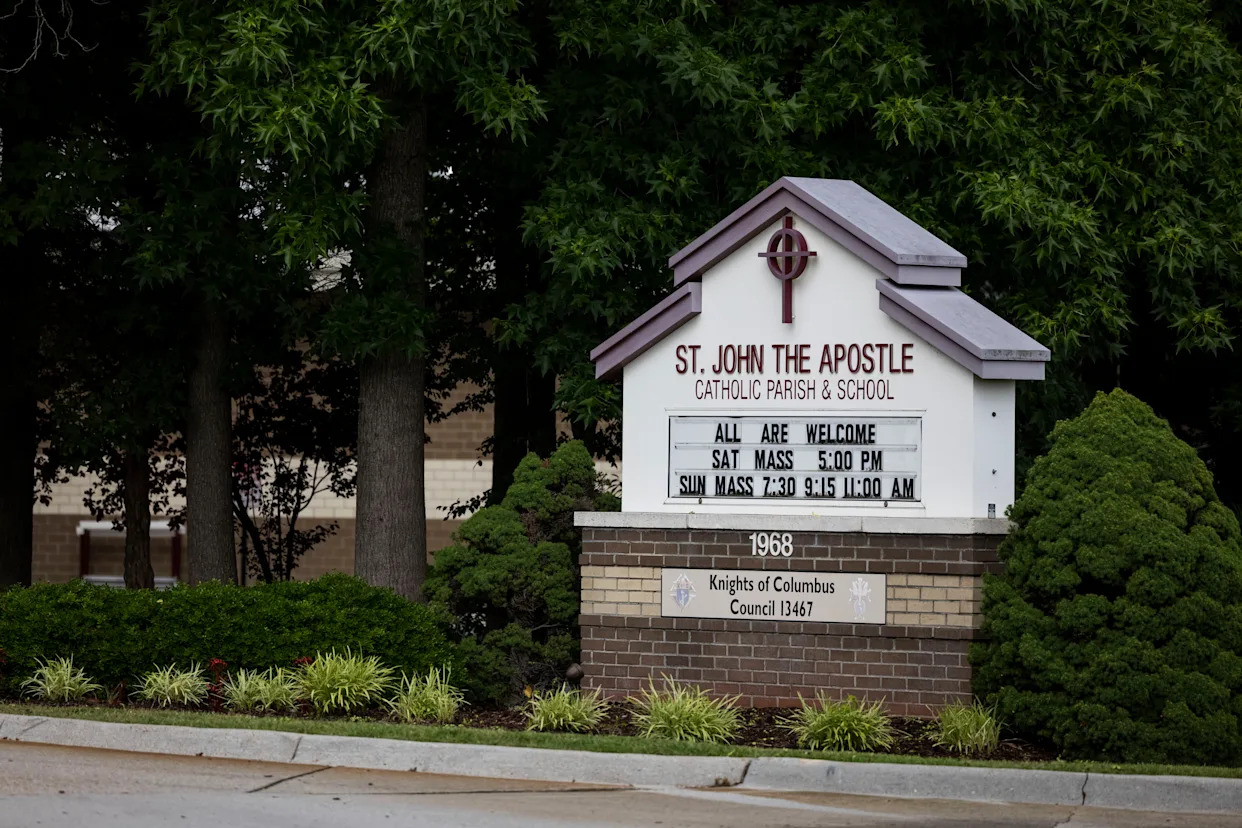
Comments